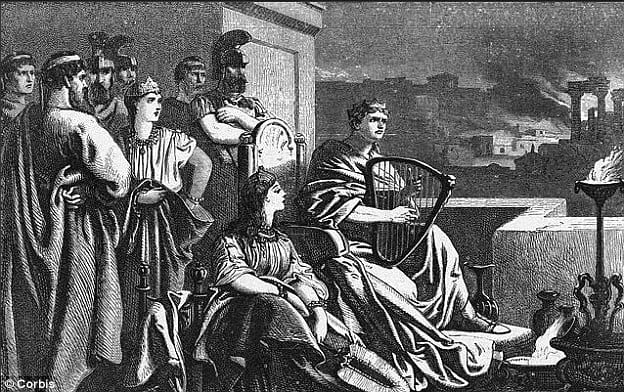
ADVERTISEMENT - CONTINUE READING BELOW
Nero, a Sport Hero?
Nero had always dreamt of becoming an Olympics champion. So he arranged for the games to be delayed a couple years until he could visit Greece. He finally did in 67AD. Olympics officials were terrified of offending an unstable man who could have them crucified at whim with a snap of his fingers. So judges showered him with awards and wreaths for every event in which he participated, and for many in which he did not participate. They even awarded him wreaths for singing and lyre playing. They were not Olympics events, but the judges, just to be on the safe side, awarded him Olympics wreaths for them, anyhow. When he got back home, Nero made four separate triumphal entries to celebrate his success. The first was in Naples, then in Antium, his birthplace, Alba Longa, where he had a country residence, and finally, in Rome.
Unsurprisingly, Nero saved his grandest entry for the imperial capital, which he entered through a hole cut in the city walls, in the triumphal chariot of Augustus. Unlike Rome’s first emperor, Nero was clad in Greek garb, with an Olympic wreath on his head, and a Pythian – one of the four major Greek games, which include the Olympics – crown on his right arm. It was an artistic triumph, however, rather than a martial one. So Nero rode to the temple of Apollo, rather than to that of Jupiter Capitolinus, the traditional destination of victorious generals. It was a hit with the masses, but it disgusted Rome’s elites. It was unseemly for an emperor – or any high-born Roman – to behave in such a manner.

